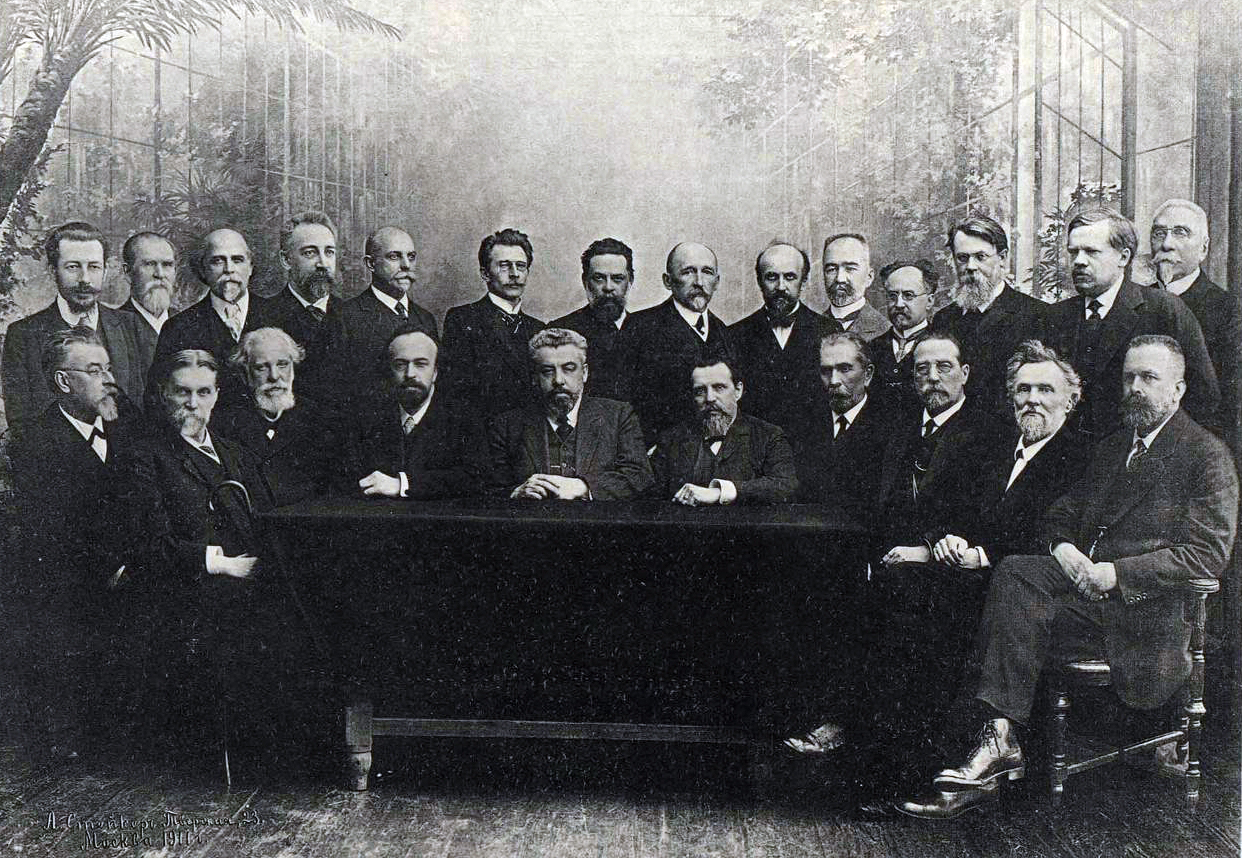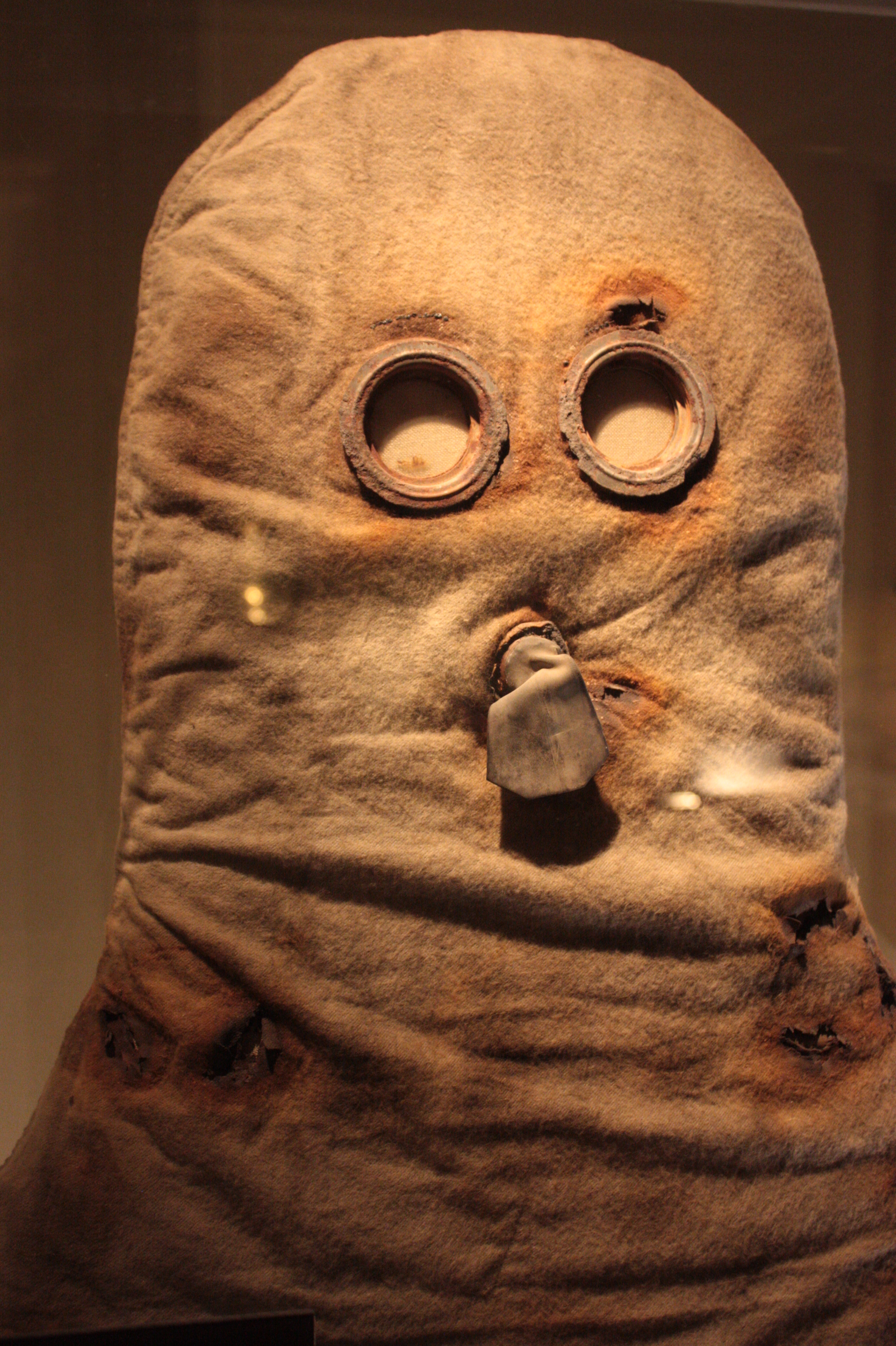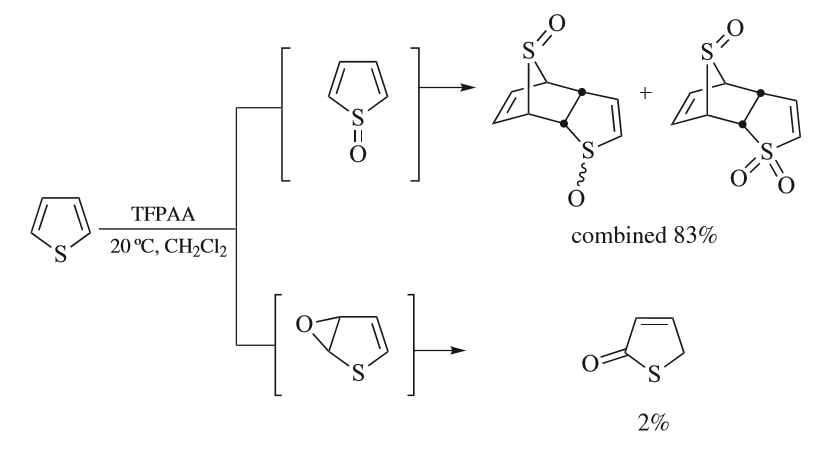|
Nikolay Zelinsky
Nikolay Dmitriyevich Zelinsky (; 6 February 1861 – 31 July 1953) was a Russian and Soviet chemist. Academician of the Academy of Sciences of the Soviet Union (1929). Zelinsky studied at the University of Odessa and at the universities of Leipzig and Göttingen in Germany. Zelinsky was one of the founders of theory on organic catalysis. He was the inventor of the first effective filtering activated charcoal gas mask in the world (1915). Life Nikolai Zelinsky was born on 25 January (6 February) 1861 in Tiraspol in a noble family. His father Dmitry Osipovich Zelinsky who came from hereditary Volyn nobles, died of rapidly developing consumption in 1863; two years later his mother died of the same disease. The orphaned boy was left in the care of his grandmother M.P. Vasilyeva and he spent his childhood in her village. At the age of ten, Nikolai Zelinsky entered the Tiraspol district school for two-year courses to prepare for entering the gymnasium. Having completed them ahead of ... [...More Info...] [...Related Items...] OR: [Wikipedia] [Google] [Baidu] |
Tiraspol
Tiraspol or Tirișpolea ( ro, Tiraspol, Moldovan Cyrillic: Тираспол, ; russian: Тира́споль, ; uk, Тирасполь, Tyraspol') is the capital of Transnistria (''de facto''), a breakaway state of Moldova, where it is the third largest city. The city is located on the eastern bank of the Dniester River. Tiraspol is a regional hub of light industry, such as furniture and electrical goods production. The modern city of Tiraspol was founded by the Russian generalissimo Alexander Suvorov in 1792, although the area had been inhabited for thousands of years by varying ethnic groups. The city celebrates its anniversary every year on 14 October. Etymology The toponym consists of two ancient Greek words: Τύρας, '' Tyras'', the Ancient name for the Dniester River, and ''polis'', i.e., a city (state). History Classical history Tyras (Τύρας), also spelled ''Tiras'', was a colony of the Greek city Miletus, probably founded about 600 BC, situa ... [...More Info...] [...Related Items...] OR: [Wikipedia] [Google] [Baidu] |
Gas Mask
A gas mask is a mask used to protect the wearer from inhaling airborne pollutants and toxic gases. The mask forms a sealed cover over the nose and mouth, but may also cover the eyes and other vulnerable soft tissues of the face. Most gas masks are also respirators, though the word ''gas mask'' is often used to refer to military equipment (such as a field protective mask), the scope used in this article. The gas mask only protects the user from digesting, inhaling, and contact through the eyes (many agents affect through eye contact). Most combined gas mask filters will last around 8 hours in a biological or chemical situation. Filters against specific chemical agents can last up to 20 hours. Airborne toxic materials may be gaseous (for example, chlorine or mustard gas), or particulates (such as biological agents). Many filters provide protection from both types. The first gas masks mostly used circular lenses made of glass, mica or cellulose acetate to allow vision. Glass ... [...More Info...] [...Related Items...] OR: [Wikipedia] [Google] [Baidu] |
Lev Kasso
Lev Aristidovich Kasso (1865–1914) was an Imperial Russian politician. A Professor of Civil Law by education, he served as Imperial Minister of Education from 1910 through 1914 in the Stolypin and Kokovtsov governments. The state's university policy remained in Kasso's hands until his own death in 1914. The rift between the state and the professoriate continued to grow. In a move ostensibly made to train more professors and alleviate the serious problem of "vacant chairs," Kasso proposed, in November 1911, the opening of special seminars for selected graduate students in Berlin, Tübingen, and Paris. Modeled on a similar scheme in the 1880s, Kasso's plan undermined the right of Russian professors to train their successors. To add insult to injury, the candidates would be chosen by the Ministry of Education rather than by the professors themselves. The Academy of Sciences labeled the scheme a "needless abasement of the dignity of Russian science." But even in the face of int ... [...More Info...] [...Related Items...] OR: [Wikipedia] [Google] [Baidu] |
Ordinary Professor
Academic ranks in Germany are the titles, relative importance and power of professors, researchers, and administrative personnel held in academia. Overview Appointment grades * (Pay grade: ''W3'' or ''W2'') * (''W3'') * (''W2'') * (''W2'', only in ''Baden-Württemberg'') – although paid like a professor appointed at level W2, lecturers in this position do not have a professor title; the term was formerly used in all states for senior lecturer positions with research and teaching responsibilities (''C2'', being phased out since 2002) * (not tenured, only rarely with tenure track) (''W1'') * (not tenured) (''W1'', only in ''Baden-Württemberg'') * or (''A13'', ''A14'', ''A15'') * (''TVöD 13/14/15'', ''TvL 13/14/15'') * (''TVöD'', ''TvL'' ''A13 a. Z.'') * (''TVöD'', only in ''Baden-Württemberg'') * (''TdL'') * (''TdL'') Non-appointment grades * * – conferred, in some German states, to a ''Privatdozent'' who has been in service for several years, without forma ... [...More Info...] [...Related Items...] OR: [Wikipedia] [Google] [Baidu] |
Dmitri Mendeleev
Dmitri Ivanovich Mendeleev (sometimes transliterated as Mendeleyev or Mendeleef) ( ; russian: links=no, Дмитрий Иванович Менделеев, tr. , ; 8 February O.S. 27 January">Old_Style_and_New_Style_dates.html" ;"title="nowiki/>Old Style and New Style dates">O.S. 27 January18342 February [O.S. 20 January] 1907) was a Russian chemist and inventor. He is best known for formulating the Periodic Law and creating a version of the periodic table, periodic table of elements. He used the Periodic Law not only to correct the then-accepted properties of some known elements, such as the valence and atomic weight of uranium, but also to predict the properties of three elements that were yet to be discovered. Early life Mendeleev was born in the village of Verkhnie Aremzyani, near Tobolsk in Siberia, to (1783–1847) and Maria Dmitrievna Mendeleeva ( née Kornilieva) (1793–1850).''Maria Mendeleeva (1951)''. D. I. Mendeleev's Archive: Autobiographical Writings. Col ... [...More Info...] [...Related Items...] OR: [Wikipedia] [Google] [Baidu] |
Imperial Moscow University
Imperial Moscow University was one of the oldest universities of the Russian Empire, established in 1755. It was the first of the twelve imperial universities of the Russian Empire. History of the University Ivan Shuvalov and Mikhail Lomonosov promoted the idea of a university in Moscow, and Russian Empress Elizabeth decreed its establishment on . The first lectures were given on . Russians still celebrate 25 January as Students' Day. (Foundation of the University is traditionally associated with the feast of Saint Tatiana, celebrated by the Russian Orthodox Church on 12 January Julian, which corresponds to 25 January Gregorian in the 20th–21st centuries.) The present Moscow State University originally occupied the «Aptekarskij dom» on Red Square from 1755 to 1787. Catherine the Great transferred the University to a Neoclassical building on the other side of Mokhovaya Street; that main building was constructed between 1782 and 1793 in the Neo-Palladian style, to a des ... [...More Info...] [...Related Items...] OR: [Wikipedia] [Google] [Baidu] |
Thiophene
Thiophene is a heterocyclic compound with the formula C4H4S. Consisting of a planar five-membered ring, it is aromatic as indicated by its extensive substitution reactions. It is a colorless liquid with a benzene-like odor. In most of its reactions, it resembles benzene. Compounds analogous to thiophene include furan (C4H4O), selenophene (C4H4Se) and pyrrole (C4H4NH), which each vary by the heteroatom in the ring. Isolation and occurrence Thiophene was discovered as a contaminant in benzene. It was observed that isatin (an indole) forms a blue dye if it is mixed with sulfuric acid and crude benzene. The formation of the blue indophenin had long been believed to be a reaction of benzene itself. Viktor Meyer was able to isolate thiophene as the actual substance responsible for this reaction. Thiophene and especially its derivatives occur in petroleum, sometimes in concentrations up to 1–3%. The thiophenic content of oil and coal is removed via the hydrodesulfurization (HDS) ... [...More Info...] [...Related Items...] OR: [Wikipedia] [Google] [Baidu] |
Isomers
In chemistry, isomers are molecules or polyatomic ions with identical molecular formulae – that is, same number of atoms of each element – but distinct arrangements of atoms in space. Isomerism is existence or possibility of isomers. Isomers do not necessarily share similar chemical or physical properties. Two main forms of isomerism are structural or constitutional isomerism, in which '' bonds'' between the atoms differ; and stereoisomerism or spatial isomerism, in which the bonds are the same but the ''relative positions'' of the atoms differ. Isomeric relationships form a hierarchy. Two chemicals might be the same constitutional isomer, but upon deeper analysis be stereoisomers of each other. Two molecules that are the same stereoisomer as each other might be in different conformational forms or be different isotopologues. The depth of analysis depends on the field of study or the chemical and physical properties of interest. The English word "isomer" () is a bac ... [...More Info...] [...Related Items...] OR: [Wikipedia] [Google] [Baidu] |
Viktor Meyer
Viktor Meyer (8 September 18488 August 1897) was a German chemist and significant contributor to both organic and inorganic chemistry. He is best known for inventing an apparatus for determining vapour densities, the Viktor Meyer apparatus, and for discovering thiophene, a heterocyclic compound. He is sometimes referred to as Victor Meyer, a name used in some of his publications. Early life Viktor Meyer was born in Berlin in 1848, the son of trader and cotton printer Jacques Meyer and mother, Bertha. His parents were Jewish, though he was not actively raised in the Jewish faith. Later, he was confirmed in a Reform Jewish congregation. He married a Christian woman, Hedwig Davidson, and raised his children as such. He entered the gymnasium at the age of ten in the same class as his two-year older brother Richard. Although he had excellent science skills his wish to become an actor was based on his love for poetry. At a visit from his brother Richard, who was studying chemistry at ... [...More Info...] [...Related Items...] OR: [Wikipedia] [Google] [Baidu] |
Johannes Wislicenus
Johannes Wislicenus (24 June 1835 – 5 December 1902) was a German chemist, most famous for his work in early stereochemistry. Biography The son of the radical Protestant theologian Gustav Wislicenus, Johannes was born on 24 June 1835 in Kleineichstedt (now part of Querfurt, Saxony-Anhalt) in Prussian Saxony, and entered Halle University in 1853. In October 1853 he emigrated to the United States with his family. For a brief time he acted as assistant to Harvard chemist Eben Horsford, and in 1855 was appointed lecturer at the Mechanics' Institute in New York. Returning to Europe in 1856, he continued to study chemistry with Wilhelm Heinrich Heintz at the University of Halle. In 1860, he began lecturing at the University of Zürich, and at the Swiss Polytechnical Institute and by 1868 he was Professor of Chemistry at the university. In 1870, he was chosen to succeed Georg Staedeler as Professor of General Chemistry at the Swiss Polytechnical Institute in Zürich, retaining ... [...More Info...] [...Related Items...] OR: [Wikipedia] [Google] [Baidu] |
Novorossiysk University
Odesa I. I. Mechnykov National University ( uk, Одеський національний університет Iмені І. І. Мечникова, translit=Odeskyi natsionalnyi universytet imeni I. I. Mechnykova), located in Odesa, Ukraine, is one of the country's major universities, named after the scientist Élie Metchnikoff (who studied immunology, microbiology, and evolutionary embryology), a Nobel prizewinner in 1908. The university was founded in 1865 by an edict of Tsar Alexander II of Russia, which reorganized the Richelieu Lyceum of Odesa into the new Imperial Novorossiya University. In the Soviet era, the university was renamed Odesa I. I. Mechnykov State University (literally, "Odesa State University named after I. I. Mechnykov"). Odesa I. I. Mechnykov National University comprises four institutes, ten faculties, and seven specialized councils. The university is famous for its scientific library, the largest and oldest of any university in Ukraine (3,600,000 millio ... [...More Info...] [...Related Items...] OR: [Wikipedia] [Google] [Baidu] |








